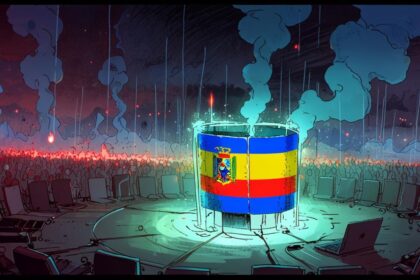Ecuador and Colombia face significant challenges as severe drought conditions, exacerbated by the El Niño weather phenomenon, disrupt major cities and critical infrastructure, prompting urgent measures to conserve electricity and water.
Ecuador and Colombia are currently experiencing severe drought conditions due to the El Niño weather phenomenon, affecting their major cities and critical infrastructure. In Ecuador, where 75% of electricity is generated through hydroelectric power, dwindling reservoir levels have necessitated electricity rationing in key cities such as Quito, Cuenca, and Guayaquil. The Ministry of Energy has called on citizens to reduce electricity use, and the government, led by President Daniel Noboa, has initiated subsidy plans for electricity bills and pledged investigations into alleged sabotage of power facilities.
Simultaneously, Colombia is facing similar challenges with water shortages prompting Bogotá to implement water rationing and introduce measures such as extra fees for high usage and fines for wasteful consumption. Mayor Carlos Fernando Galán has urged the city’s residents to embrace water-saving practices to help manage the crisis. The Chingaza Reservoir System, a primary water source for Bogotá, is at a historically low level, which could lead to a more acute water crisis within two months if consumption is not curtailed.
Both nations are exploring additional remedies, with Colombia suspending electricity exports to Ecuador and considering tax credits for companies that reduce their power use. The ongoing environmental challenges underscore the significant impact of climate-related events on essential public services in the region.













